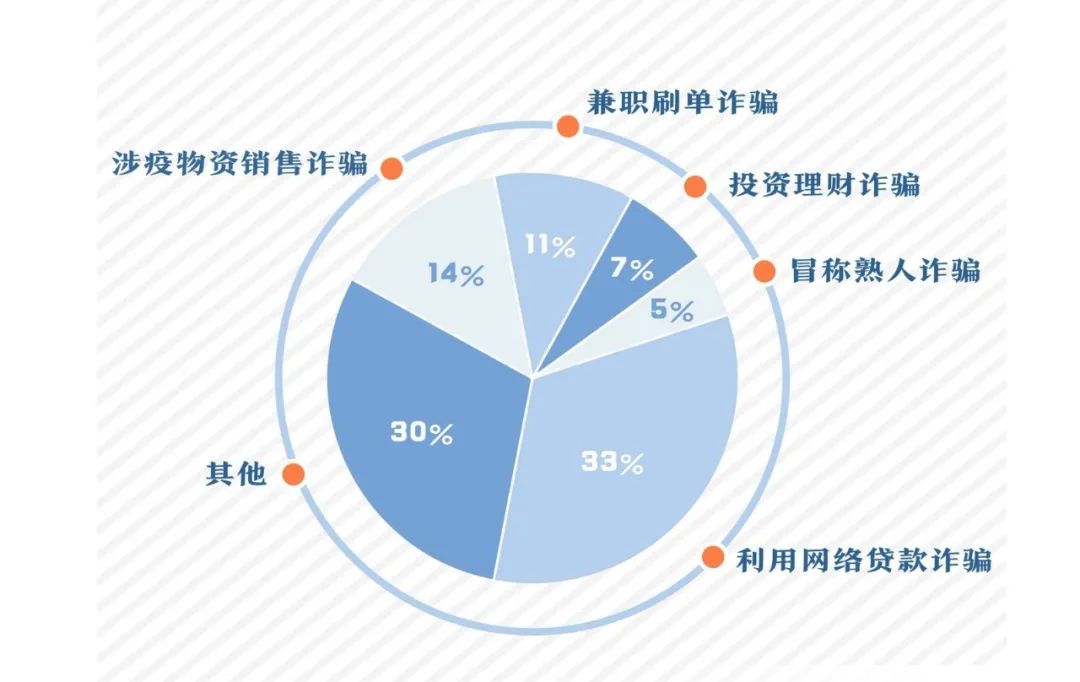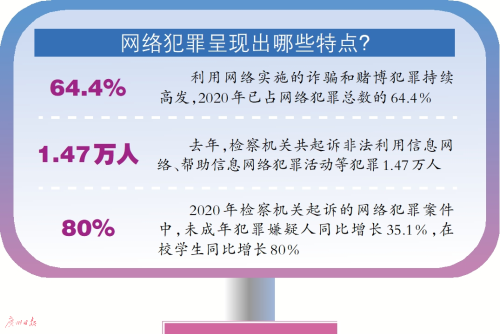摘要:网络犯罪的持续演变格局:主要类型及其影响。文章介绍了当前网络犯罪不断变化的态势,详细阐述了关键的网络犯罪类型,包括黑客攻击、网络诈骗、恶意软件和钓鱼网站等,并探讨了它们对网络安全和个人隐私的严重影响。文章强调了网络犯罪的复杂性和不断进化的威胁手段,提醒人们保持警惕并采取有效措施应对。
In the digital age, the internet has become an integral part of our lives, connecting people across the globe and providing unprecedented opportunities for collaboration, entertainment, and information sharing. However, this interconnectedness also opens the door to a range of criminal activities, known as cybercrime, that can cause significant harm to individuals, businesses, and nations. This article delves into the primary types of cybercrime, their impact, and frequently asked questions to provide a comprehensive understanding of this growing threat.
1. Phishing and Identity Theft
Phishing attacks are a common form of cybercrime, where attackers use fraudulent means to induce individuals to divulge sensitive information such as passwords, credit card details, or personal identification numbers. This information is then used for identity theft or to access financial accounts. Phishing emails are often disguised as legitimate requests from reputable organizations or individuals.
2. Malware and Ransomware
Malicious software (malware) is another prevalent type of cybercrime that can infect computers and steal or alter data. Ransomware is a specific type of malware that encrypts files on a victim's computer and demands a ransom to decrypt them. These attacks are often launched through phishing emails or malicious websites and can cause significant financial and operational losses for businesses.
3. Cyber Extortion and Blackmail
Cyber extortion involves using the internet to threaten or blackmail individuals, often by releasing private information or compromising personal files. This type of attack is particularly prevalent against businesses and high-profile individuals, with attackers demanding large sums of money in exchange for not releasing sensitive information.
4. Cyber Fraud and Scams
The internet provides a platform for various fraud schemes, including online shopping scams, investment fraud, and counterfeit banking websites. Attackers create fraudulent websites or use social media platforms to lure victims into divulging sensitive information or investing in bogus ventures. These scams often target the elderly and those less familiar with online activities.
5. Botnets and DDoS Attacks
Botnets are networks of infected computers that attackers use to launch attacks on other computers or servers. Distributed denial-of-service (DDoS) attacks are a common tactic used by botnets to overwhelm a target's server with traffic, causing it to crash or operate slow. These attacks can be launched against individuals or entire organizations, causing significant operational losses and damage to reputation.
Impact of Cybercrime
The impact of cybercrime is profound and extends across individuals, businesses, governments, and society as a whole. Individuals can face financial losses, identity theft, and emotional distress due to cybercrime. Businesses can suffer significant financial losses, operational disruptions, and damage to their reputation. Governments may face challenges in protecting critical infrastructure and citizen data. The broader impact on society includes a loss of trust in online activities and the potential for societal instability due to widespread financial losses and privacy breaches.
FAQs (Frequently Asked Questions)
Q: How can I protect myself from cybercrime?
A: Staying vigilant is key. Use strong passwords, avoid clicking on suspicious links or downloading unauthorized software, use anti-virus software, regularly update software, and be cautious when sharing personal information online.
Q: What are the signs of a possible cyber attack?
A: Signs may include slow computer performance, unusual pop-ups or alerts, unexpected changes to home page or settings, and unusual activity on financial accounts.
Q: How do I respond if I think I've been the victim of cybercrime?
A: Immediately report the incident to your bank or relevant authorities if your financial accounts have been compromised. Change passwords on all accounts and consider using anti-virus software to scan your computer for malware.
Q: What is the role of governments in fighting cybercrime?
A: Governments play a crucial role in fighting cybercrime by formulating laws and policies, investing in cybersecurity infrastructure, coordinating international efforts to combat cross-border cybercrime, and providing resources to law enforcement agencies to investigate and prosecute cybercriminals.
In conclusion, cybercrime is a growing threat that requires constant vigilance and proactive measures to combat. Understanding the primary types of cybercrime and their impact is crucial for individuals and organizations to stay safe in the digital age. By staying informed, using security measures, and reporting suspicious activities, we can help mitigate the impact of cybercrime and build a safer digital world.




 浙ICP备14032885号-5
浙ICP备14032885号-5